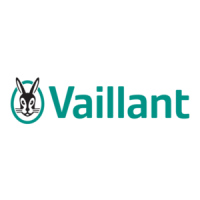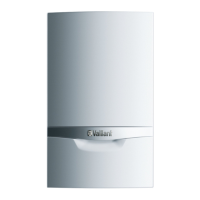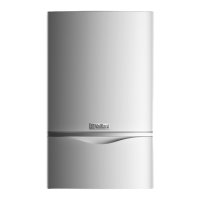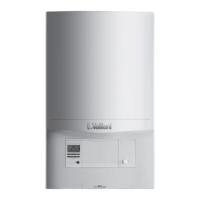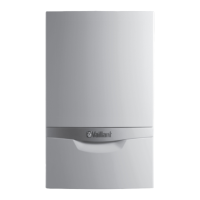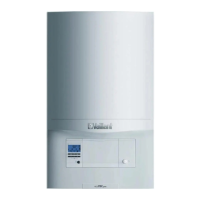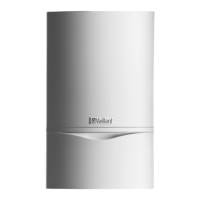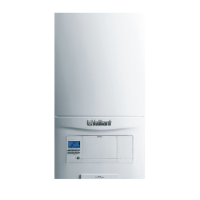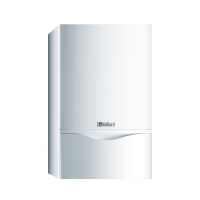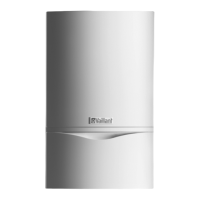What to do if my Vaillant eco TEC plus 418's heating system is not full of water?
- BBenjamin MitchellAug 8, 2025
If the heating system of your Vaillant Boiler is not full of water or the design pressure is not attained, ensure the heating system is full of water and the system design pressure is attained. If it's not, refill and vent the system. Also, ensure any flow and return isolating valves are fully open.
